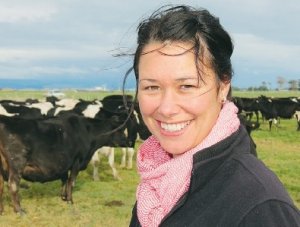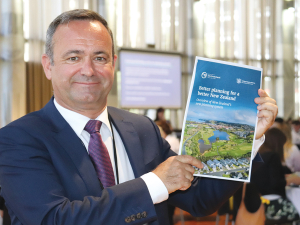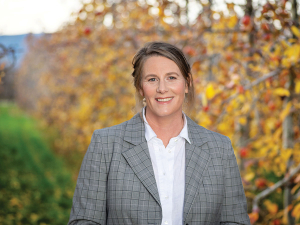The main thing is for farmers to update feed budgets so they know exactly how much feed they have and its quality. Some feed produced in the past season was of quite poor quality, she says
“It’s important to update feed budgets and know what average pasture cover is wanted to calve down onto and what the targets are.
“Farmers should also be updating their financial budgets given the expected drop in payout. What are their expenses? The three big-ticket items are feed, fertiliser and wages. Farmers need to look hard and see if there is anything they can do to save money.”
Hull says much effort has gone into making farmers aware of the value of having their cows in good condition coming into calving. She is seeing the body condition score (BCS) of cows in the Manawatu/Horowhenua as much better than last year. Not all herds will hit the target – BCS 5.0 – but most will be close.
“The closer calving gets, the less opportunity there is for farmers to improve the BCS of their cows. One month out from calving cows will not increase their BCS so farmers now have a limited window of opportunity to deal with this issue.”
Hull says in Manawatu, pasture covers vary according to who’s had stock on their farms and who’s had them away. Ideally farmers should have covers of about 2200 at calving. Farmers can also use this time to orientate new staff to the farm. It’s a good time to get new staff settled in and well briefed.
















